Overview of the equipment needed to surf
Before you get to surfing, you’ll need to have a couple of items on hand to get you started. One of these is the board itself, which is the piece of surfing equipment you stand on to catch the waves. You’ll also need a wetsuit to protect you from the cold water and waves. Whether you prefer a shortboard, longboard, or SUP, there are many different types of boards to choose from. Knowing what you’re looking for can help you narrow your search and find the board that fits your needs. Once you’ve chosen your board, you can start practicing to learn how to surf.
Types of surfing boards
The two most popular types of boards are shortboards and longboards. They can be used for either surfing in flat water, or in the surf. If you’re looking to try surfing, either type will work. In addition to these two main types, there are also stand-up paddle boards (SUPs) and surf kayaks. You may find these types of boards useful if you’re looking to try something a little different or if you want to use specific boards in certain conditions.
Shortboards - Shortboards are shorter and narrower than longboards, so they are more maneuverable and responsive. They are also easier to carry around and store. They are best for beginners who are looking to learn how to surf in flat water.
Longboards - Longboards are longer and thicker than shortboards and are best for surfing in the surf. They are also easier to carry around and store. Longboards are generally used by more experienced surfers who want to challenge themselves with larger waves.
Buying a surfing board
The moment you decide to get into surfing will likely be marked by the excitement of buying your first board. This is a significant investment, so it’s important to get the right board for you. The first thing to remember is your intended use for the board. The right board for beginners will be narrower, shorter, and lighter than the board for an advanced surfer. Beginners may also want a shorter board to make it easier to start learning how to surf. Finally, a board that is suited for your height and weight will be more comfortable and efficient for you to use. For example, surf boards for shorter people will be shorter and lighter to accommodate the shorter person’s body.
Wetsuits for surfing
Surfers who venture into the water in the winter months need to protect their skin from the cold water. This is best done with a wetsuit. There are many different types of wetsuits on the market, but there are a few essential factors to keep in mind when looking for a wetsuit. They should fit snugly, but not uncomfortably, as this could cause skin irritation. The material should be flexible, but not stretchy, as it should stay in place during the ride without becoming saggy or too bunched up.
Accessories for Surfing
While your primary focus should be on the board, there are a few accessories that you might find useful while surfing. These include a leash, board wax, and a helmet. Surf leashes are often attached to the board to keep you from being swept away if you fall in the water. Board wax is used to protect the board from the elements and to also protect your board from being stolen. A helmet is important for keeping your head protected from injuries in the event of a fall.
Other essential equipment for surfing
There are a variety of other items that you may find helpful for surfing, including wetsuit gloves, wetsuit sleeves, and a wetsuit jacket. Wetsuit gloves help protect your hands from getting chafed by the suit and from the sun. Wetsuit jackets add extra warmth but should be worn over your normal clothes to avoid causing them to sag.
Safety tips for surfing
As with any sport, there are certain safety tips that you should keep in mind while surfing. First, wear a life jacket while in the water to help protect yourself in case you get swept away in the waves. Next, always stay hydrated and prevent heat exhaustion by staying in the water in the shade and drinking water frequently. Lastly, never surf in hazardous conditions, such as near rocks, or glass, or when the waves are too large.
Where to buy surfing equipment
There are a variety of surf shops that sell all types of surfing equipment, but you can also find most items online. Before purchasing any items, though, make sure you read the product reviews and customer reviews to find out what other surfers think about the product. You can also try surfing stores in your area to see if they have any boards that you can try out for free before purchasing one.
Tips for taking care of your surfing equipment
Like any sport, taking care of your equipment is essential for preventing it from breaking or wearing out. One simple way to ensure your equipment lasts is by making sure it’s dry, lubed, and stored properly between sessions. When storing your board, make sure it has at least one edge that’s elevated off the ground so it doesn’t bend or warp. You should also store your board in an area that’s not in direct sunlight so it doesn’t warp or bend too quickly. To prevent your board from rusting, be sure to clean it with a soft brush and water. Then, wipe it dry and apply a coating of anti-rust spray. You may also want to consider purchasing a protective wax that prevents your board from rusting.
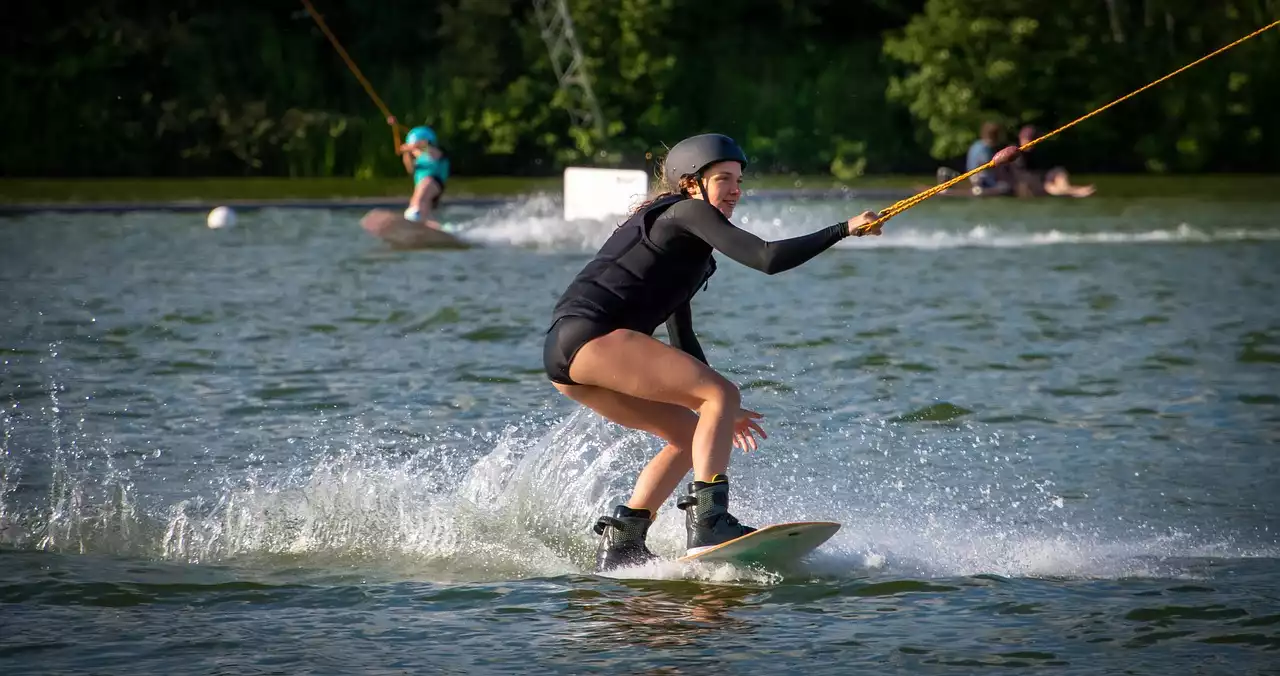
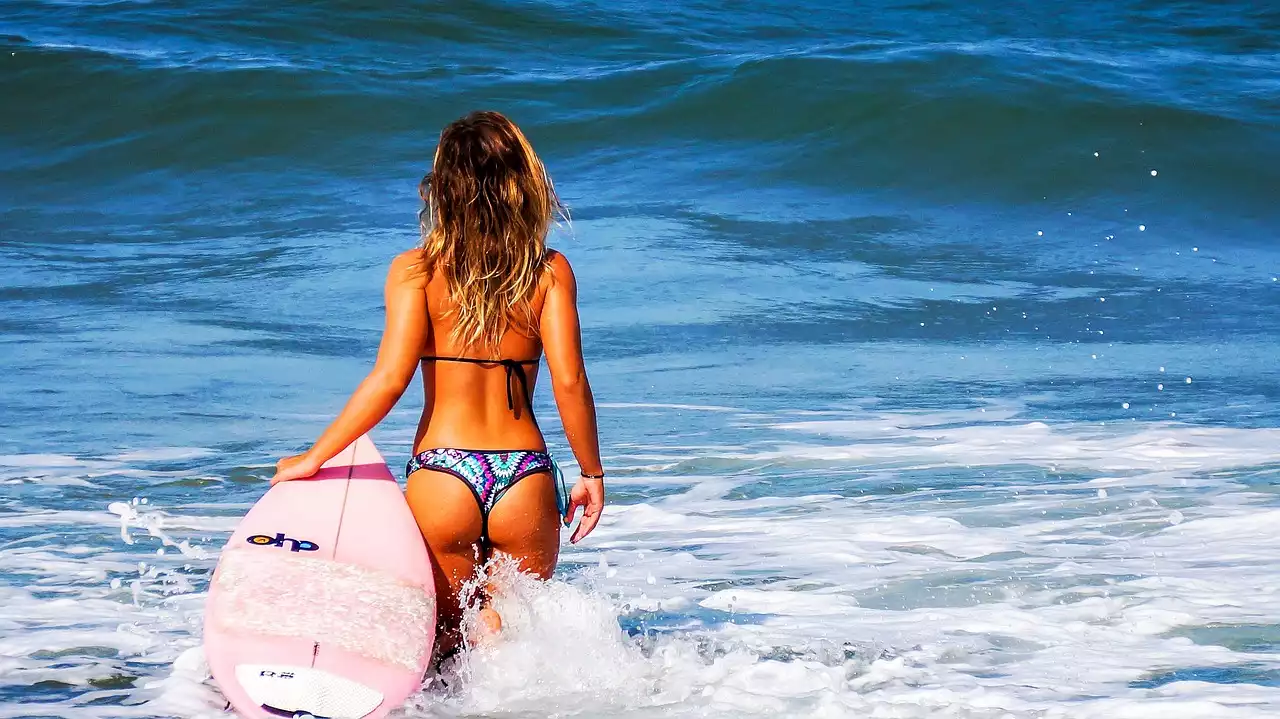
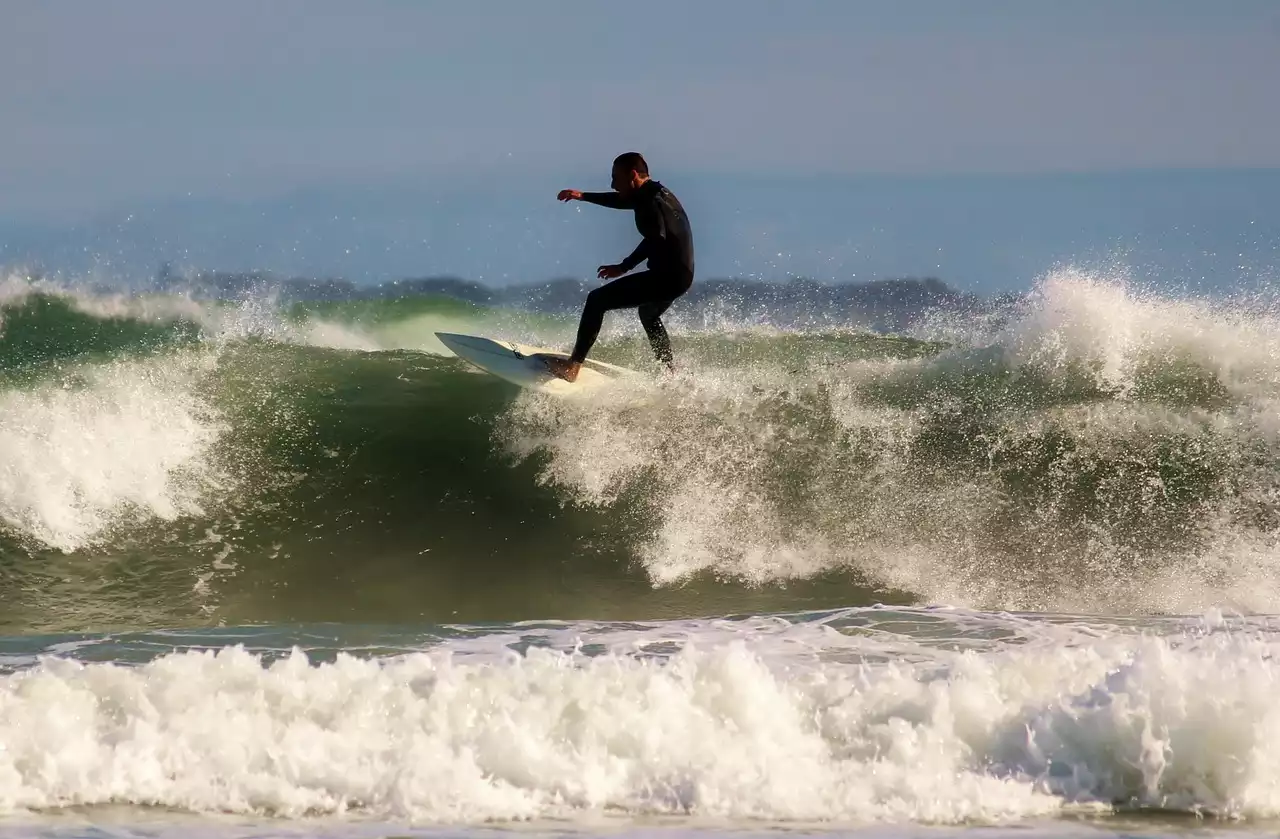

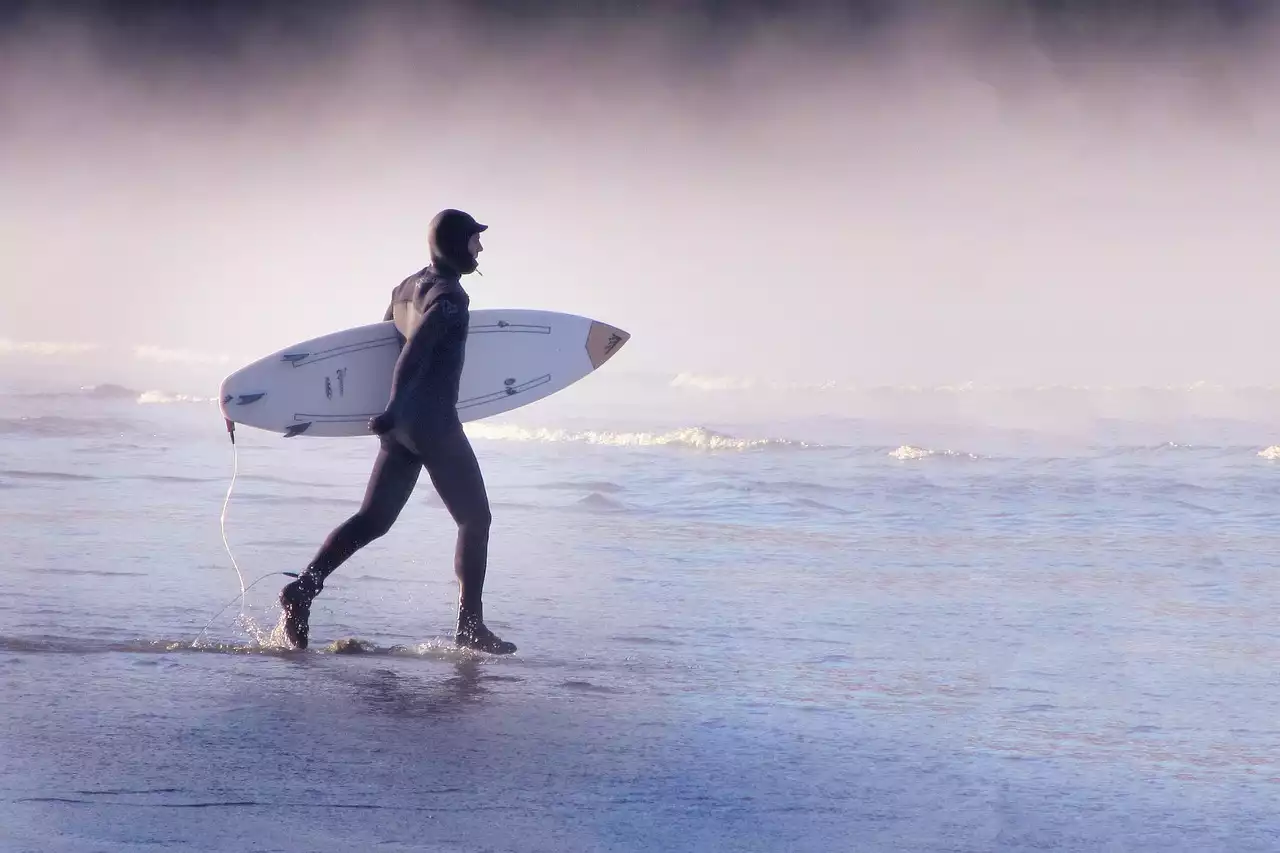
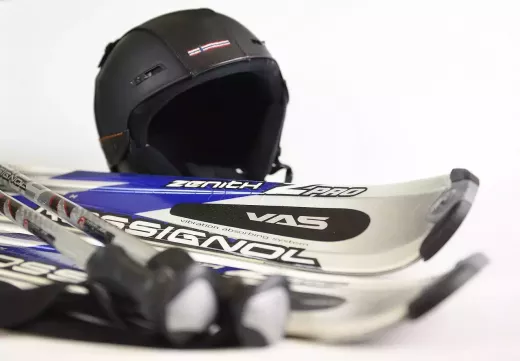




.png?size=50)